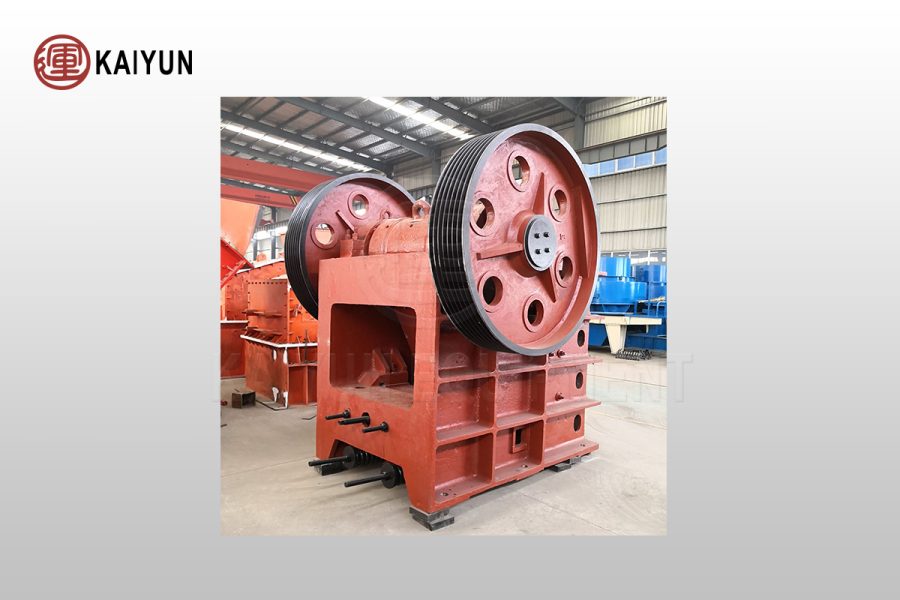Jaw crusher is a key equipment in the ore coarse crushing process. It is widely used in various ores and rocks with a compressive strength not exceeding 320MPa with its excellent crushing capacity and high efficiency. However, in the actual production process, the jaw crusher may have uneven discharge particle size, affecting the crushing effect and subsequent process flow.

The reasons for the uneven discharge particle size of the jaw crusher may include factors such as material properties, feed conditions, and wear of equipment components. When users encounter such problems, they can check and adjust from the following aspects:
Check the hardness of the material and the feed size
Ensure that the hardness of the crushed material is within the tolerance range of the jaw crusher. Too hard or too soft materials will affect the uniformity of crushing. In addition, the feed size should meet the requirements of the equipment feed port to avoid uneven crushing caused by too large or too small materials.
Control the feeding method
The feed should be uniform and continuous, avoiding sudden increase or decrease or a large amount of one-time input to ensure that the material in the crushing chamber is balanced and improve the crushing stability.
Check the wear of parts
The wear of key parts such as jaw plates, lining plates, and bearings will reduce the stability of the equipment, resulting in a decrease in crushing efficiency, which will affect the particle size of the discharge. Therefore, operators should regularly check the wear of the equipment and adjust or replace related parts in time if abnormalities are found.
Optimize equipment maintenance and lubrication
The lubrication condition of the equipment is crucial to the crushing efficiency and stability. The lubrication system should be checked regularly to ensure that the moving parts such as bearings run smoothly, reduce wear, and improve crushing uniformity.
The above measures can effectively improve the uneven particle size of the jaw crusher, and improve the crushing effect and production efficiency of the equipment. Regular maintenance and optimized operation methods can not only help extend the service life of the equipment, but also improve the operating stability of the overall production line.